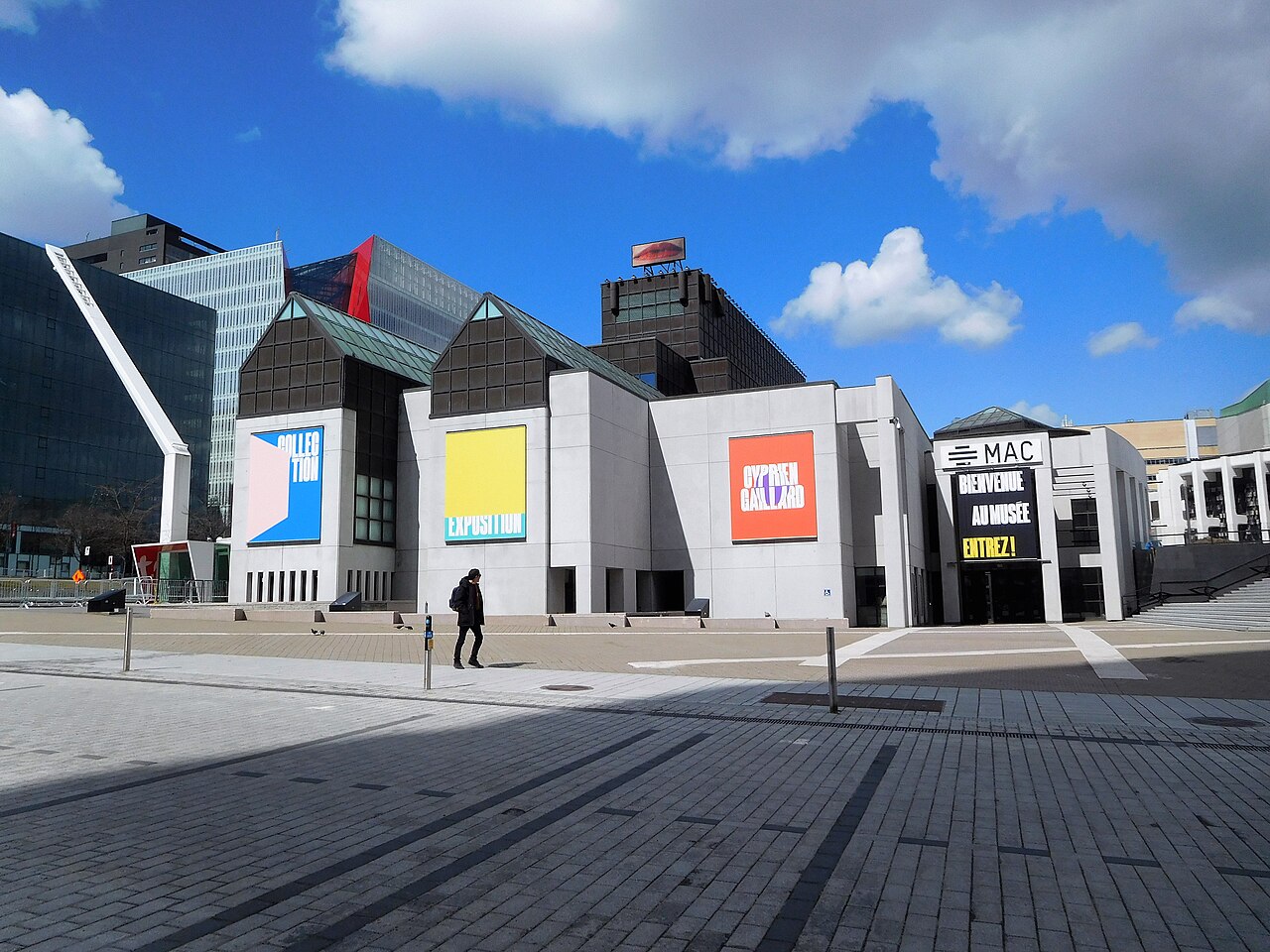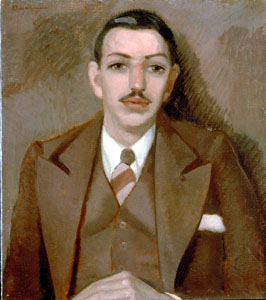Guy Robert, writer, teacher, critic, publisher, poet (born 7 November 1933 in Ste-Agathe-des-Monts, QC; died 16 October 2000 in Montreal, QC).
Education and Career Highlights
After studies at the Université de Montréal and Université de Paris, Guy Robert was among the first to teach the literature of art in Quebec. In the early 1960s, he threw himself wholeheartedly into the Quiet Revolution. He taught and gave conferences in various institutions in Quebec, Ontario, France and Venezuela.
Robert published poetry (Édition Déom and du Songe), but mostly art books and "artist books" (Iconia) that contained original stamps. He managed several collections and participated in many cultural publications. He was the first director of the Musée d'art contemporain de Montréal (1964–1966), where he organised a retrospective on the French painter Georges Rouault, and ran the international exhibition of modern sculpture at Expo 67.

Publications
Guy Robert's reputation as an expert in the arts was established along his career. He authored some 50 works and countless articles, introductions, radio broadcasts and art films: Alfred Pellan (1963), École de Montréal (1964), Jean Paul Lemieux (1968–75), Jean-Paul Riopelle (1970–81), Paul-Émile Borduas (1972 and 1977), L'art au Québec depuis 1940 (1973), Jordi Bonet (1975), Marc-Aurèle Fortin (1976 and 1982), La peinture au Québec depuis ses origines (1978), Dallaire (1980), Art actuel au Québec (1983).
His other publications include poetry collections like Québec se meurt (1969) and Textures (1976), studies like Poésie québécoise actuelle (1970) and Aspects de la littérature québécoise (1970), and essays on aesthetics such as Connaissance nouvelle de l'art (1963), Le su et le tu (1969), and Art et non finito (1984).
Honours
Winner of the Grand prix littéraire de Montréal in 1976, Guy Robert participated in numerous committees, symposiums, and juries. He was a member of the Federal Cultural Policy Review Committee (1979–82) of the Canadian Cultural Property Commission. A seasoned expert with a keen sense of contemporary aesthetics, he serves as an example through his colossal and seminal work in the history of art in Quebec.

 Share on Facebook
Share on Facebook Share on X
Share on X Share by Email
Share by Email Share on Google Classroom
Share on Google Classroom



